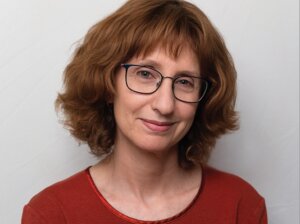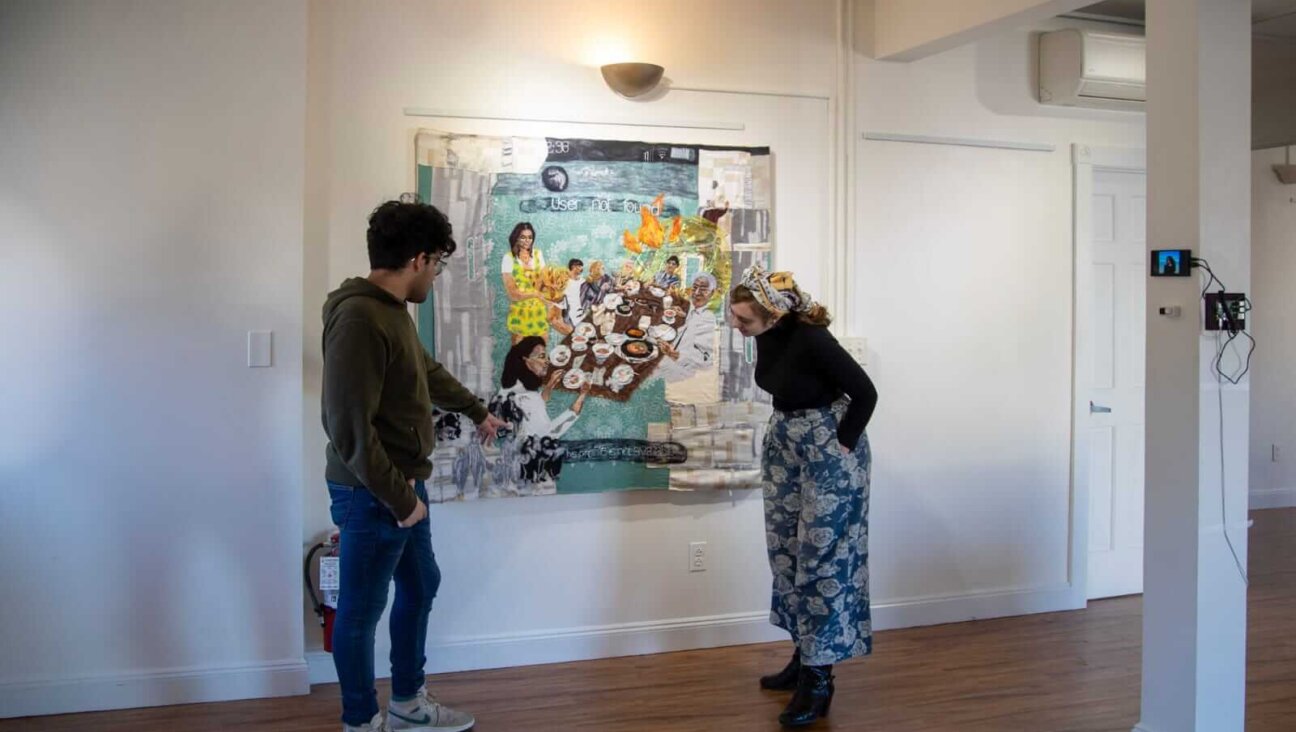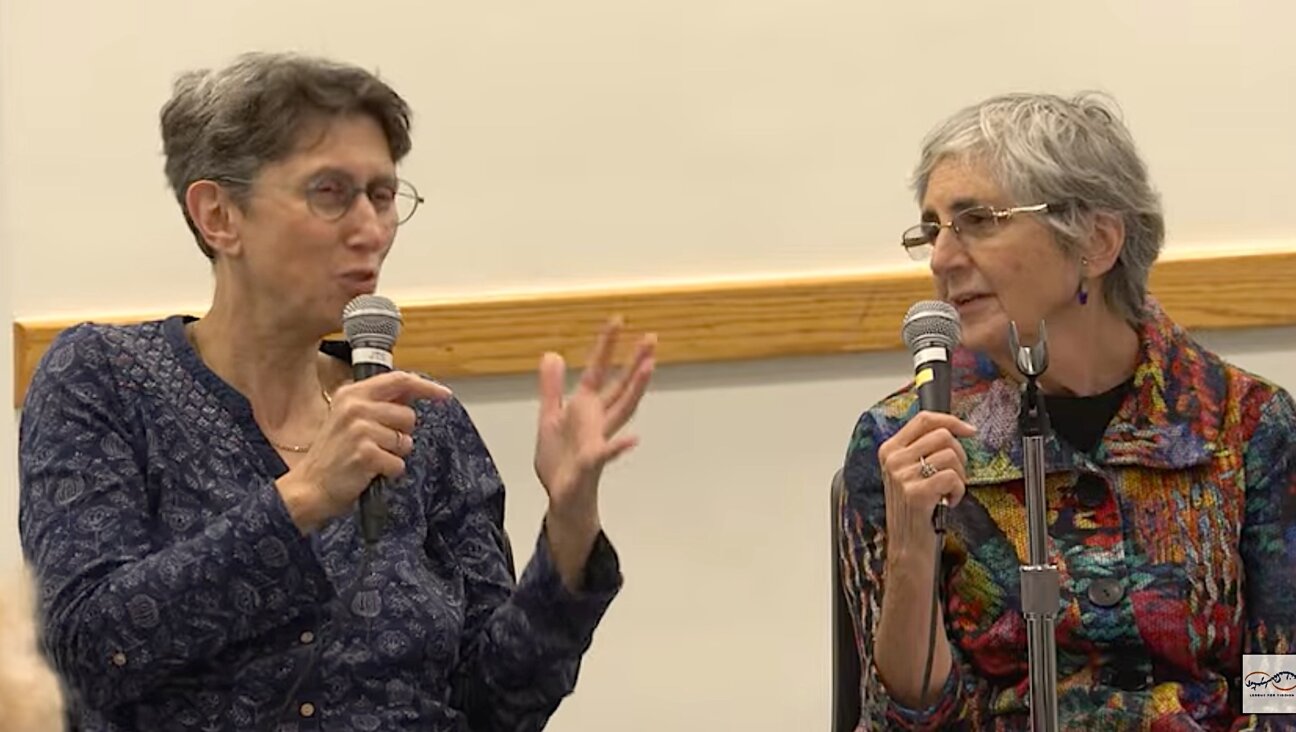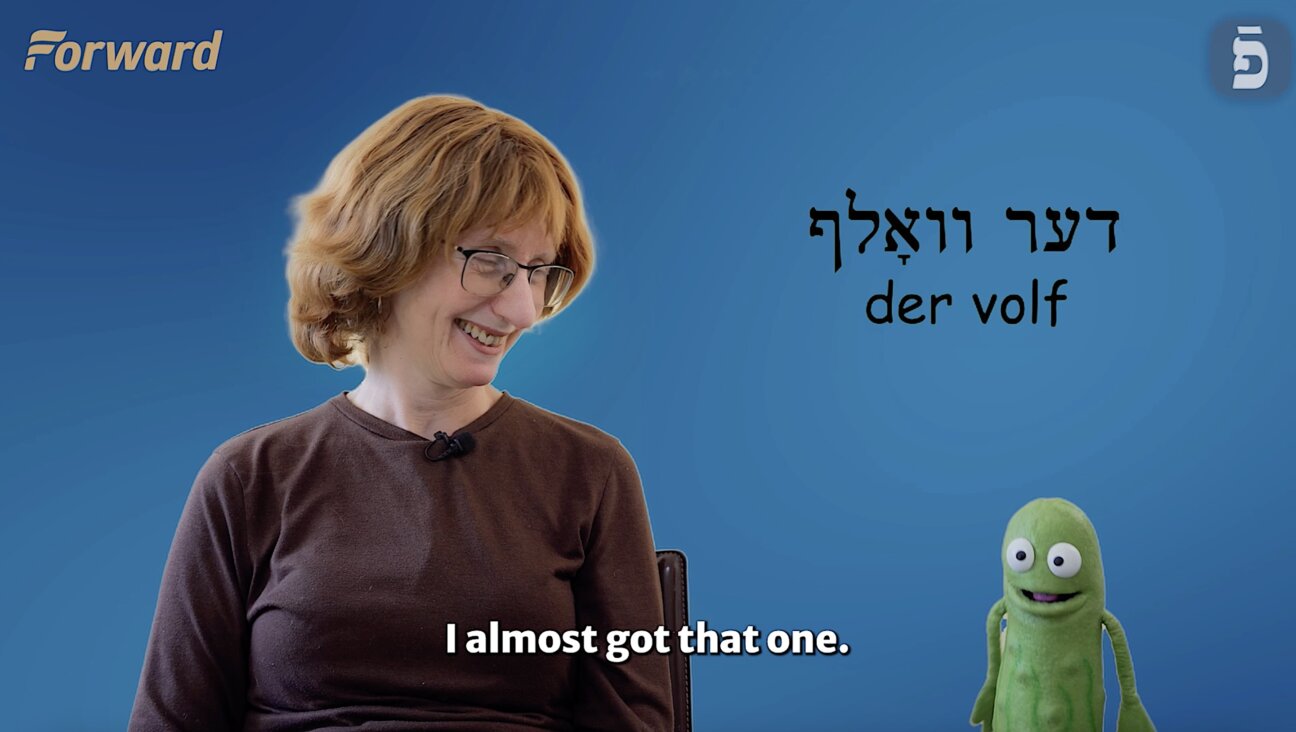Northern Exposure: Mameloshn’s Unexpected Fate – in Sweden
In the weeks leading up to Sweden’s national election this month, the government put out public service announcements in the press, encouraging its citizens to vote. But one feature was hardly standard issue: The bulletins informed the readers how to get voting instructions in Yiddish.
The bulletins served as a reminder of — or, more likely for most, an introduction to — a very unlikely aspect of this Northern European society: Yiddish enjoys official minority-language status in Sweden. (The only other two countries where Yiddish has official status are the Netherlands and Moldova.)
Out of a population of 9 million, Sweden has 18,000 Jews. And if one takes into account both those who speak it fluently and those who have a passive understanding of it, Yiddish speakers likely number fewer than 4,000. Besides the instructions on how to vote, the government has issued a translation of the policies regarding national minority languages, and this past March it translated Sweden’s national action plan for human rights.
Some Jewish residents of Sweden find it ironic that one of the only countries in the world to confer official status on Yiddish is known for pursuing one of the most anti-Israel policies in Europe. Last June, for example, Sweden’s state-owned alcohol retail monopoly, Systembolaget, in consultation with the Swedish foreign ministry, labeled Israeli Golan and Yarden wines as “made in Israel-occupied Syrian territories,” according to a report in The Jerusalem Post. Two months earlier, the Post added, Sweden pulled out of a European military exercise because of Israeli participation. “It’s great that the government has decided to help Yiddish, but it’s too little, too late,” said Dr. Salomon Schulman, a pediatrician and writer in Lund. “Those who speak Yiddish today are mostly in their 80s, living in nursing homes or alone at home, and don’t take advantage of the Yiddish cultural institutions.”
Schulman, who authored a Swedish history of Yiddish culture in Eastern Europe called “Jiddischland” (Bokforlaget Nya Doxa, 1996) along with other books about Yiddish culture, remembers well the negative attitude toward Yiddish as recently as the 1990s, when the government started researching which minority languages to choose for official status. “The Swedes didn’t want to recognize Yiddish, because they were against Israel and considered the Jews bourgeois. And the Jews didn’t stand up for Yiddish, because they thought that Yiddish wasn’t a language at all,” he said. “The Yiddish speakers who immigrated to Sweden after the Holocaust could have spoken up, but they were simple tailors and shoemakers, and had no position or power here; while the Swedish Jews, who did have the prestige, were ashamed of the East European Jews and of their language.”
Susanne Sznajderman-Rytz, linguist and instructor of business Swedish in Boras, was the driving force behind the government’s decision to recognize Yiddish in 2000 as one of five minority languages. The others selected were Finnish, Meankieli, Sami and Romani (the language of the Gypsies). In order to earn recognition, a minority language had to meet three criteria: The language had to be spoken by a group that considers itself separate from the general population; the group that speaks the language had to share a unique cultural heritage, and the language had to have originated in Europe and been used in Sweden for at least 100 years. For this reason, Arabic and Persian — languages heard much more in Sweden today than Yiddish — were not included.
Each of the five languages is entitled to government funding. But in order to get it, its advocates must submit an annual proposal, subject to government approval. Until now, the Yiddish sector has received $100,000 annually.
Sznajderman-Rytz had been told that the funding would be even higher this coming year, although the exact amount is still unclear.
Part of the funding goes to maintain Jewish libraries in Malmo, Gothenburg and Stockholm, as well as the Judaica library in Gothenburg University, all of which include a Yiddish section; part of it goes to the three Jewish publishing houses in Sweden, and part to an annual Yiddish seminar.
One such seminar took place two weeks ago at Bommersvik College. The two-day event, which was conducted entirely in Yiddish, attracted 60 participants, most of them children of Holocaust survivors. Joseph Sherman, an Oxford University professor, gave a series of lectures comparing the works of Isaac Bashevis Singer, Dovid Bergelson, I. J. Singer and Isaac Meir Dick; and Dutch Jewish singer Shura Lipovski, the most well-known Yiddish singer in Europe, conducted workshops on how to sing Yiddish songs.
“I never dreamed that all of this would ever happen,” Sznajderman-Rytz said. “Now when people suggest establishing full-time radio stations and newspapers for Yiddish, I figure: If we’ve come this far, then this, too, is possible.”
Rukhl Schaechter is a writer and editor with the Forverts, from which this article was adapted.
















